The Rich Tapestry of African Music
Introduction
African music is a vibrant and diverse tapestry that reflects the continent’s rich cultural heritage, history, and social dynamics. With over 1.2 billion people and more than 3,000 ethnic groups, Africa is home to an incredible variety of musical styles, instruments, and traditions. This essay explores the multifaceted nature of African music, its historical evolution, regional characteristics, social significance, and its contemporary global impact.
Historical Context
African music has deep roots that trace back thousands of years. Ancient civilizations such as Egypt, Nubia, and the Kingdom of Kush had complex musical traditions involving vocal performances, instrumental music, and dance. Historical accounts and archaeological findings suggest that music played a significant role in religious ceremonies, social gatherings, and storytelling.
The transatlantic slave trade in the 16th to 19th centuries dramatically influenced African music. Enslaved Africans brought their musical traditions to the Americas, where they fused with European styles to create new genres like jazz, blues, and reggae. This blending of African musical elements has shaped many contemporary music forms globally.
Regional Characteristics
Africa is divided into several regions, each with its unique musical styles and instruments:
- North Africa:
- Music in North Africa is heavily influenced by Arab, Berber, and African traditions. Genres such as Rai, Chaabi, and Malouf showcase the blending of these influences.
- Instruments like the oud, darbouka, and violin are prevalent in this region.
- West Africa:
- Known for its rich rhythmic patterns and polyrhythms, West African music is characterized by genres such as Afrobeats, Highlife, and Griot music.
- The kora, djembe, and balafon are traditional instruments that define the sound of this region.
- The influence of West African music on global genres is significant, particularly in the development of jazz and hip-hop.
- Central Africa:
- The music of Central Africa often features call-and-response patterns, intricate rhythms, and the use of traditional instruments like the ngoma and likembe (thumb piano).
- Soukous, a popular dance music genre, originated here, blending traditional rhythms with modern elements.
- East Africa:
- The music of East Africa includes styles like Benga, Taarab, and Reggae.
- Instruments such as the oud, drums, and traditional flutes are commonly used.
- The influence of Swahili culture has contributed to the region’s rich musical landscape.
- Southern Africa:
- Genres like Mbube, Isicathamiya, and Kwaito are prominent in Southern Africa.
- The use of vocal harmonies, often featuring rich bass lines, characterizes the music.
- Instruments like the marimba and various types of drums play a significant role in Southern African music.
The Role of Music in African Societies
Music is an integral part of African life, serving various functions:
- Cultural Identity: Music is a powerful means of expressing cultural identity. Traditional songs often tell stories of ancestry, history, and communal values.
- Rituals and Ceremonies: Music plays a vital role in religious and social ceremonies, such as weddings, funerals, and initiation rites. These performances often involve elaborate costumes and dance, creating a multisensory experience.
- Social Commentary: Many African musicians use their art to comment on social issues, politics, and injustices. Songs can serve as tools for activism and resistance, highlighting the struggles and aspirations of the people.
- Entertainment: Music also serves as a source of entertainment, bringing people together to celebrate and enjoy life. Festivals and public performances are important communal events.
Instruments in African Music
African music is characterized by a wide range of traditional instruments, each with its unique sound and cultural significance:
- Percussion Instruments:
- Djembe: A goblet drum from West Africa, known for its deep bass tones and high pitches.
- Ngoma: A term used for drums in various African cultures, often used in ceremonies.
- Talking Drums: These drums can mimic human speech patterns, used for communication over distances.
- String Instruments:
- Kora: A 21-string lute-bridge-harp from West Africa, played by griots (traditional storytellers).
- Mbira: Also known as the thumb piano, it is widely used in Zimbabwe and has deep spiritual connections.
- Wind Instruments:
- Fulani Flute: A traditional flute from the Fulani people, often used in pastoral settings.
- Sanza: A thumb piano that is played in many African cultures, producing soothing melodic sounds.
Contemporary African Music
In recent decades, African music has experienced a renaissance, with artists incorporating modern influences while maintaining traditional roots. Genres such as Afrobeats, hip-hop, and dancehall have gained international recognition.
- Afrobeats: Originating from Nigeria, Afrobeats blends traditional African rhythms with pop, hip-hop, and electronic music. Artists like Wizkid, Burna Boy, and Tiwa Savage have brought Afrobeats to a global audience.
- Hip-Hop: African hip-hop has emerged as a powerful voice for youth, addressing social issues and promoting cultural pride. Artists like Sarkodie (Ghana) and Nasty C (South Africa) have made significant impacts.
- Fusion Genres: Many contemporary artists blend traditional African music with Western styles, creating innovative sounds. This fusion has led to collaborations across genres and cultures.
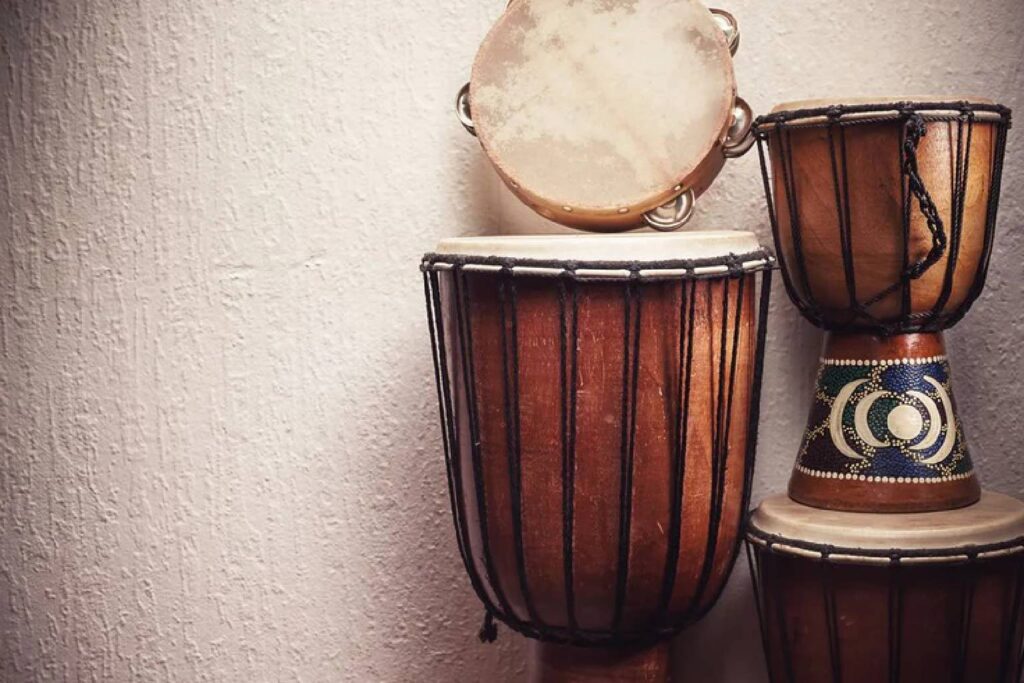
The Global Impact of African Music
African music has influenced many global genres, shaping the sound of popular music around the world. The rhythmic complexity and rich melodies of African music have inspired musicians in jazz, rock, reggae, and pop.
- Crossover Success: Artists like Angelique Kidjo and Youssou N’Dour have achieved international acclaim, bridging the gap between African music and global audiences.
- Music Festivals: Events like the Cape Town International Jazz Festival and the Mawazine Festival in Morocco celebrate African music, drawing international attention and fostering cultural exchange.
- Digital Platforms: The rise of streaming services has made African music more accessible to a global audience, allowing artists to reach fans worldwide without traditional barriers.
Conclusion
African music is a dynamic and evolving art form that encapsulates the continent’s rich cultural diversity. Its historical significance, social functions, and contemporary innovations highlight its importance in the global music landscape.
As African artists continue to push boundaries and redefine genres, the world will undoubtedly witness the growing influence and appreciation of African music. This cultural treasure not only reflects the past but also shapes the future of music, making it an essential part of the world’s artistic heritage.
More:


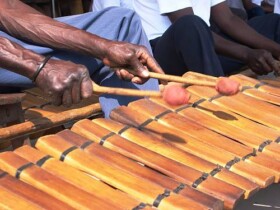

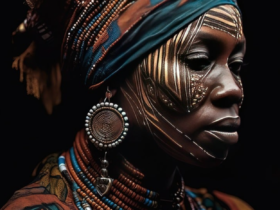
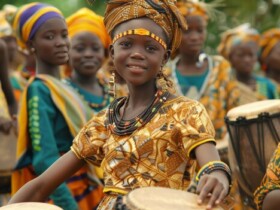


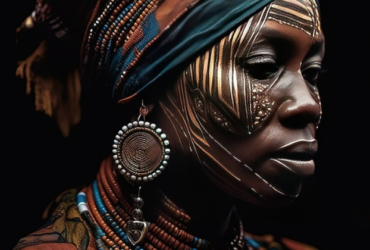

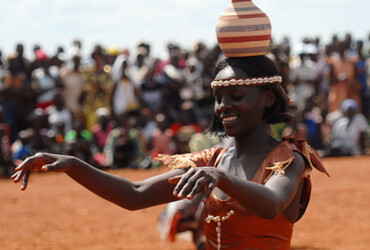
Leave a Reply